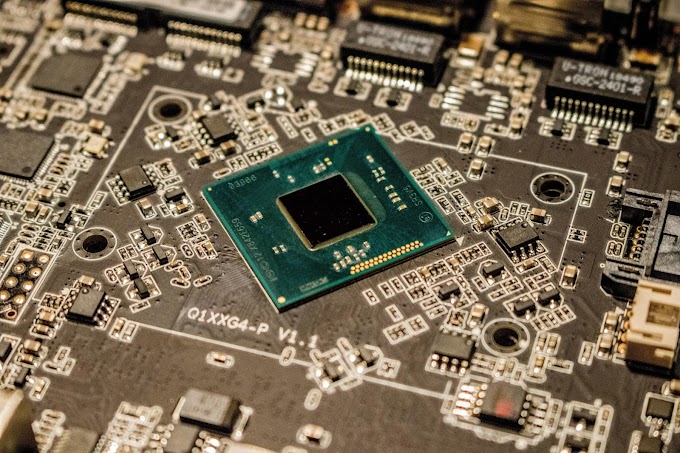Traditionally, the computer is represented with four components such as memory, input, output, and central processing unit (CPU) which consists of the arithmetic logic unit (ALU) and Control Unit (CU).
| Fig: Traditional Block DIagram of a Computer |
The CPU contains various registers to store data, the ALU to perform arithmetic and logical operations, instructions decoders, counters, and control lines.
The CPU reads instructions from memory and performs the tasks specified. It communicates with input/output (I//O) devices whether to accept or to send data, the I/O devices are known as peripherals.
Later on, around the late 1960s, a traditional block diagram can be replaced with a computer having a microprocessor as a CPU which is known as a microcomputer. Here CPU was designed using integrated circuit technology (IC's) which provided the possibility to build the CPU on a single chip.
| Fig: Block diagram of a computer with the Microprocessor as CPU |
Later on, semiconductor fabrication technology became more advanced, manufacturing was able to place not only MPU but memory and I/O interfacing circuits on a single chip known as a microcontroller, which also includes additional devices such as A/D converter, serial I/O, timer, etc.
| Fig: Block Diagram of a Microcontroller |




0 Comments